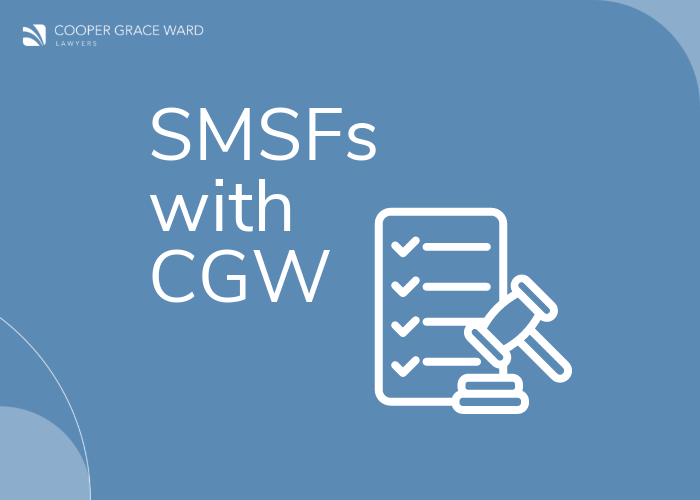A strategy to make a member withdrawal shortly before that member’s death can be an effective way to minimise the tax consequences where:
- individuals want their superannuation death benefits paid to beneficiaries who are not tax dependants following their death; and
- those entitlements have a high taxable component.
Most people want to leave their superannuation entitlements in the superannuation environment for as long as possible to maximise the tax concessions provided to superannuation funds. However, if those entitlements remain in the fund following that member’s death, the tax implications can be substantial, particularly compared to a withdrawal while the member is alive.
There can be a fine line between a (potentially tax free) member benefit and a (often taxable) death benefit. The tax legislation defines the difference as being:
- on the one hand, a payment to you because you are a member of the fund; or
- on the other hand, a payment to you, after another person’s death, because that other person is a member of the fund.
A death bed member withdrawal can fall either way, depending on how it is implemented.
What issues should be considered?
For anyone considering the implementation of a death bed member withdrawal, below is a list of some issues to consider:
- Who will be making the request? Will it be the member themselves or their attorney?
- Who will be considering the request and how must they do it? Are there one or more trustees or directors of the corporate trustee? Will they do what we want them to do?
- What are the assets we are intending to transfer to make the benefit payment? Will these be paid out in cash or will assets be transferred in specie?
- Can the member withdraw their benefit while they are alive? Which condition of release do they satisfy?
- What will the impact be on the member’s estate planning? Does the member’s Will direct their superannuation differently to their superannuation documents?
- Does the payment before death expose the superannuation to the risk of an estate challenge, while leaving it in superannuation may keep it away from one?
- Will the member lose insurance entitlements?
- Does the member have an accumulation account or pension account? How will the member payment be treated in respect of these accounts?
- What are the tax and duty consequences for the fund and the member in making the proposed benefit payment?
- What does the trust deed say? Will it allow us to do what we want to do?
- What can we do now to make the work we need to do later easier?
Conclusion
The tax consequences of getting a strategy like this wrong can be substantial.






